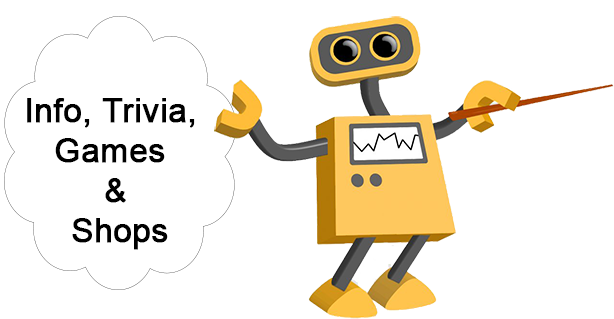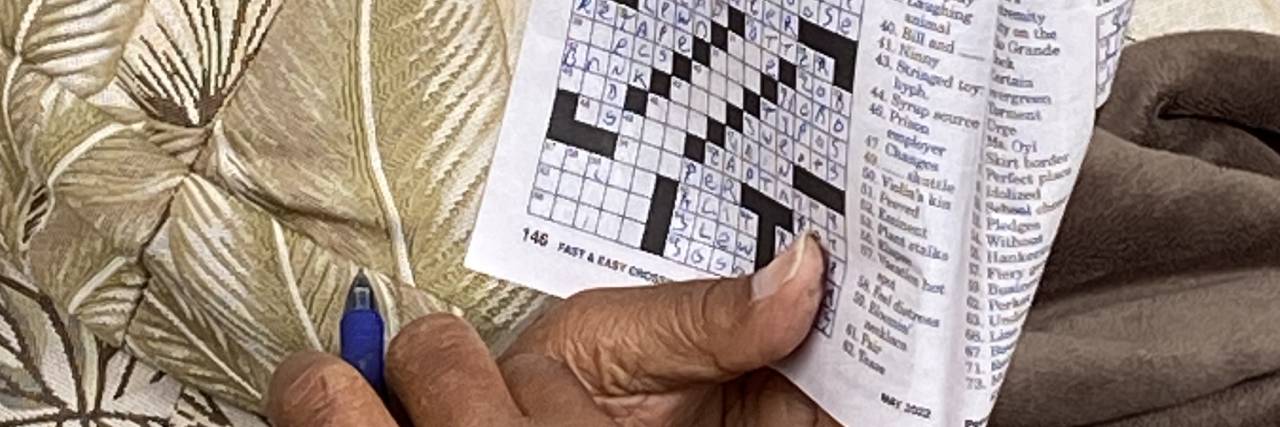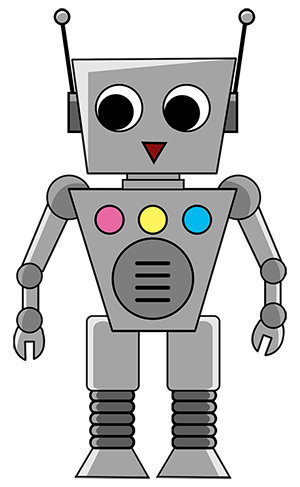Rules of Crossword Puzzles
Crossword puzzles are engaging word games that require players to fill a grid with words based on provided clues. Understanding the rules is essential for both constructing and solving these puzzles. This report outlines the fundamental rules and conventions associated with crossword puzzles.
1. Structure of the Puzzle
1. Grid Layout:
A standard crossword puzzle consists of a grid, typically square, that can vary in size, with the most common being 15x15 squares for standard puzzles. The grid is filled with white and black squares; white squares represent letters, while black squares separate words (Patterson, 2011).
2. Clue Organization:
Clues are usually organized into two lists: "Across" and "Down." Each word in the grid is assigned a number that corresponds to its clue in the list (Mason, 2015).
3. Numbering System:
The numbering of clues begins with the first white square in the upper left corner of the grid and proceeds left to right and top to bottom. If a word starts in a white square, it is numbered; if it continues into another word, only the initial square is numbered (Cohen, 2012).
2. Basic Rules for Filling in the Grid
4. Word Placement:
Players must fill in words based on the clues provided, ensuring that they fit both the length and letter requirements. The answer must be a valid word that corresponds to the given clue (Gordon, 1999).
5. Letter Overlap:
Words intersect at common letters. For example, if a word going across shares a letter with a word going down, both words must be filled correctly, ensuring that the same letter appears in both words at the point of intersection (Willman, 2014).
6. No Abbreviations or Foreign Words:
Standard crossword rules generally prohibit the use of abbreviations, acronyms, or foreign words unless explicitly stated in the clues. All answers should be common English words unless the puzzle is themed accordingly (Patterson, 2011).
3. Clue Types and Formats
7. Clue Variations:
Clues can take various forms, including straightforward definitions, puns, anagrams, and wordplay. Some clues may require lateral thinking or knowledge of specific topics (Cohen, 2012).
8. Cryptic Clues:
In cryptic crosswords, each clue has two parts: a definition and a wordplay component. For example, the clue "Old king's nightingale (5)" may require solving through both direct definition and clever interpretation (Gordon, 1999).
9. Thematic Clues:
Thematic crosswords often have clues that relate to a central theme. This might involve puns or word associations tied to a specific subject (Willman, 2014).
4. Solving Strategies
10. Starting with the Easy Clues:
Solvers are often encouraged to begin with the clues they find easiest, as these answers can provide letters for intersecting words, making it easier to fill in the rest of the grid (Mason, 2015).
11. Pencil and Eraser:
It's common to use a pencil and eraser when solving to allow for corrections, especially in challenging puzzles where guesses may be necessary (Patterson, 2011).
12. Checking for Accuracy:
Regularly check intersecting words for accuracy, as one incorrect letter can lead to multiple mistakes in the grid. This is particularly crucial in tightly woven puzzles (Gordon, 1999).
5. Cultural and Ethical Considerations
13. No Cheating:
While it is tempting to use tools like dictionaries or online resources, many puzzle enthusiasts advocate for solving puzzles without assistance to enhance the challenge and enjoyment (Cohen, 2012).
14. Collaborative Solving:
Crosswords can also be solved collaboratively, allowing for discussion and sharing of knowledge, which can enhance the experience and make it more enjoyable (Mason, 2015).
15. Respecting Authors:
When sharing or discussing specific puzzles, it is important to give credit to the original authors and publishers, as crossword construction is a respected craft (Willman, 2014).
Conclusion
Crossword puzzles provide a rich and rewarding experience for players, requiring a blend of vocabulary knowledge, lateral thinking, and problem-solving skills. By adhering to these rules and understanding the conventions of crossword construction, solvers can fully appreciate the intricacies of this timeless word game.
References
1. Patterson, L. (2011). Crossword Construction and Clue Writing. New York: Puzzle Publishing.
2. Mason, E. (2015). "The Art of Solving Crosswords". Journal of Puzzle Studies.
3. Cohen, M. (2012). The History of the Crossword. HarperCollins.
4. Gordon, J. (1999). The Crosswords of Life: History and Legacy. The Puzzle Press.
5. Willman, D. (2014). "Crossword Types and Techniques". The Word Game Review.
This detailed report offers a comprehensive overview of the rules governing crossword puzzles, showcasing their structure, clue types, and the strategies involved in solving them.
 Shop
Shop Info
Info Words
Words World
World






 Crossword Puzzle
Crossword Puzzle Crossword Overview
Crossword Overview Crossword History
Crossword History Crossword Rules
Crossword Rules

